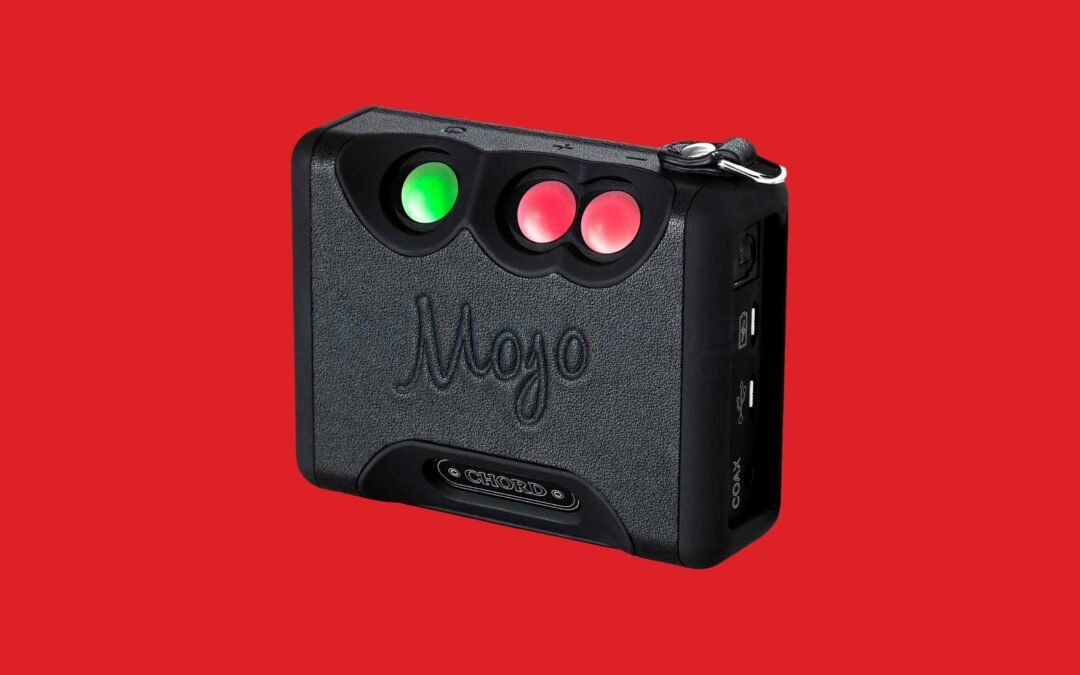As far as bookshelf speakers go, my favorite pair is the KEF LS50 Wireless II ($2,800 per pair). They have the biggest, most detailed sound I’ve ever heard from a pair of speakers their size. The cheaper KEF LSX ($1,250 per pair) model are also great, as are the wired KEF LS50 Meta ($1,600 per pair).
The KEF and iLoud models I just mentioned are powered. They have amplification built-in, and they draw their power from a wall socket, so they can be used without a dedicated amplifier. If you already have an amp (or if you plan to buy one), a pair of passive speakers is the best way to go. Those hook up with regular speaker cables, and you won’t need to worry about plugging them into the wall.
Some passive bookshelf models I love are the ELAC Debut 2.0 ($280 per pair) and JBL 4309 ($2,000 per pair). The ELACs are a great entry-level speaker that will easily take you into audiophile territory with the right amp, where the 4309 more or less sound amazing with anything powering them. I’m a fan of fun, energetic sound when I’m listening on speakers, and both of these models deliver that, but with enough detail that you won’t feel you’re sacrificing anything.
Moving away from bookshelves and onto passive floorstanding speakers, I’ll highlight two very different models. The Paradigm Monitor SE 6000F ($1,000 per pair) are a great pair of speakers for those who like things a bit more clinical and precise—they’re amazing for classical music, jazz, and folk, thanks to their incredible detail. Some audiophiles prefer the type of tight precision you get from speakers like the Paradigms. The Klipsch Forte IV ($4,998 per pair) are more lively. In fact, they are perfectly tuned, mid-century–inspired masterpieces. They come with hand-made wooden cabinets and gorgeous horn tweeters, and the 15-inch passive bass radiators on the back of the sealed speakers make them punch deeper and with more authority than a professional boxer. If you’re looking for the most fun you’ve ever had listening to Hendrix at high volume, speakers like these are the way to go.
Your taste may differ from mine! The best way to find your favorite high-end speakers is to use your ears. Find a local dealer and go listen to several models before you buy. For reference, other brands that make excellent speakers these days include Yamaha, Bowers & Wilkins, Focal, Bang & Olufsen, and Polk Audio, among many other more boutique brands.
You’ll never know how a pair of speakers truly sounds in your room until you get them there, so try to test them at home. Most high-end dealers allow some form of this, but big-box retailers may not, so check the return policy on anything you buy.
Digital-to-Analog Converters
The Chord Mojo ($500) is a DAC with a headphone amp built-in.
Photograph: Chord ElectronicsDigital-to-analog converters (DACs) take the digital audio signal from your audio files and convert them to analog audio signal that you can send (via an amplifier) to headphones and speakers. Every piece of digital technology you own that comes with a headphone jack already has a DAC chip inside it, but it’s usually a pretty cheap one. If you route your signal through a dedicated DAC—one with better components and a higher build quality than whatever’s in your phone or computer—then you’ll get higher fidelity out of your digital files.


